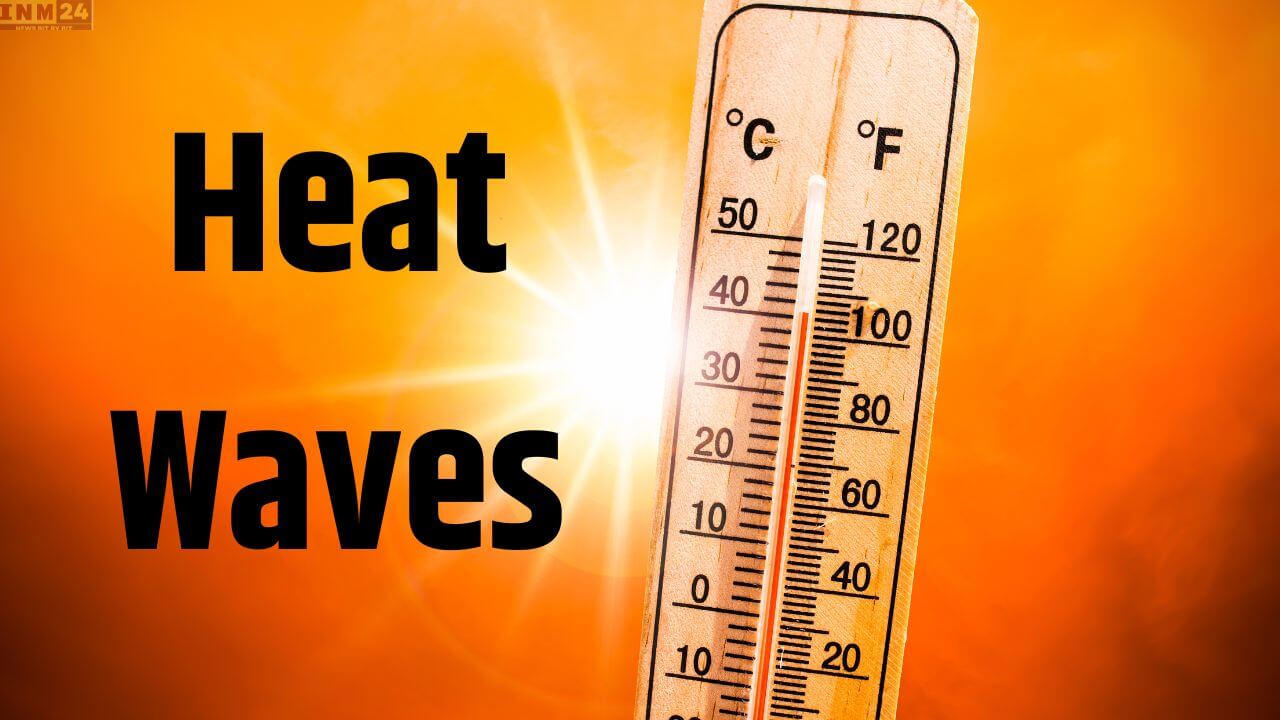As temperatures soar during the summer months in India, the Indian Meteorological Department (IMD) issues warnings about the onset of heatwaves in several states across the country. But have you ever wondered when these heatwave alerts are issued and how they are categorized using color codes? Let’s delve into the details.
Issuance of Heatwave Alerts
Heatwave alerts are typically issued by the Indian Meteorological Department based on specific temperature thresholds in different regions. These alerts serve as crucial warnings for the public to take necessary precautions during periods of extreme heat.
Color-Coded Classification
Understanding heatwave alerts becomes more accessible through the use of color-coded classifications, which indicate the severity of the heatwave. Here’s a breakdown of the color codes commonly used:
- Mild Heatwave (Yellow): When the maximum temperature in plain areas reaches 40 degrees Celsius or higher, it is classified as a mild heatwave. During this period, people are advised to stay vigilant and follow all measures to protect themselves from the heat.
- Moderate Heatwave (Orange): The situation escalates to a moderate heatwave when the maximum temperature exceeds the normal range by 4°C to 5°C. An orange alert is issued during this time, signaling a heightened need for caution and preventive measures against heat-related illnesses.
- Severe Heatwave (Red): If the maximum temperature surpasses the normal range by 6°C or more, it is classified as a severe heatwave. A red alert is issued to signify the extreme danger posed by such high temperatures. During this time, utmost caution is advised, and stringent measures to mitigate the risks of heat-related illnesses are essential.
How Color Codes are Determined
Heatwave alerts are determined and issued through the extensive network of surface observatories operated by the IMD across the country. These observatories measure various meteorological parameters, including temperature, pressure, wind speed, and direction. Based on these measurements, the IMD determines the severity of the heatwave and assigns appropriate color codes to convey the level of risk to the public.
Significance of Color Codes
The use of color-coded classifications serves as an effective communication tool, enabling the public to understand the severity of the heatwave and take necessary precautions accordingly. By categorizing heatwaves into different levels of risk, the color codes help raise awareness among the general population and encourage increased vigilance during periods of extreme heat.
heatwave alerts and their color-coded classifications play a vital role in educating the public about the risks associated with high temperatures and empowering individuals to protect themselves from heat-related illnesses. Through timely warnings and clear communication, efforts can be made to minimize the adverse effects of heatwaves on public health and safety.
